We’ve all been there: You’re heading out wearing high heels or slippery-soled men’s dress shoes and get in the car to drive. Turns out, though, while those shoes may look great with your outfit, they may not be the best choice for driving.
Wearing the wrong kinds of shoes when behind the wheel can lead to “pedal error”—your foot slipping off of either the brake or accelerator pedal, or pushing the wrong pedal—both of which can cause a crash. Some 16,000 crashes each year are due to driver pedal error, according to the National Highway Traffic Safety Administration.
“The wrong kind of shoe can cause an obstruction or a hazard while driving,” says Ryan Pietzsch, driver safety education expert for the National Safety Council.
The good news, though, is that the right kind of shoes can help prevent these types of incidents. Of course, you won’t always be wearing sensible shoes when you head out, so the best practice is to keep a pair of shoes in the car specifically for driving, Pietzsch says.
In general, driving shoes should attach securely to the foot and have a flat sole with adequate traction. This allows you to distribute force evenly across the surface area of the sole and onto the car’s pedals. The shoe should wrap around your entire foot yet allow for freedom of movement in the footwell–the compartment in front of the driver where the pedals are located.
Pietzsch suggests putting on your driving-specific shoes before you hit the road, and keeping your other shoes out of the footwell where they can get in the way. Then just swap them out once you arrive at your destination.
Here are Pietzsch’s suggestions for some of the best—and not-so-great—footwear options for driving.
Best Shoes To Wear While Driving
Sneakers
Comfortable tennis shoes or running shoes—ones that fit securely to your foot and that have a flat sole—are best for applying even pressure on the brake and accelerator pedals and for pivoting your heel from one pedal to another.
Driving Shoes
Originally designed for sportscar enthusiasts, the driving shoe is a slip-on moccasin-type with rubber soles and grommets that wrap around on the back of the heel. These shoes allow for better grip and pedal traction and provide a pivot point to move your foot back and forth from the brake to the accelerator.
Shoes To Avoid Wearing While Driving
Flip-flops & Mules
Any shoe that doesn’t secure to the heel in some way can cause interference with braking or accelerating. These kinds of shoes can also slip off and become stuck under a pedal, affecting your ability to drive safely.
House Shoes
Whether slip-ons or enclosed slippers, these shoes were designed for comfort—not driving. With a loose fit and malleable soles, they don’t provide the traction needed to engage the pedals properly.
Wedges
These kinds of shoes can create a false sense of pressure applied to the brake and accelerator since there’s an obstruction that alters the driver’s perceived distance between the bottom of your foot and the top of the pedals. Plus, like other shoes, they can end up sideways and get stuck under one of the pedals.
High Heels
These can interfere with your ability to pivot your foot on your heel from the accelerator to the brake pedal—a key to safe driving. And wearing high heels may cause you to hover your foot between the accelerator and brake, which not only causes fatigue but also eliminates the critical contact and pivot point needed for effective and safe reaction time.
Brand-New Shoes
New shoes with leather or wood soles can not only be uncomfortable until they’re broken in, but their soles can be slick and slippery, creating an unsure foot-to-pedal relationship.
Work Boots
Large boots may cause an obstruction to your driving. In addition, the larger the boots, the trickier it can be to drive in them, because it’s harder to accurately feel where the pedals are.
Cowboy Boots
They have an adequate sole, but the raised heel may cause interference between the pedals when driving.
No Shoes At All
When you’re barefoot, you have no means to distribute the force of your foot evenly, and you may not have adequate pressure to engage the brakes effectively, especially when the anti-lock braking system (ABS) engages. Plus, feet can get sweaty and slippery, affecting pivot and pedal grip as well as, ultimately, reaction time.
Here’s another thing you’ll get a kick out of: paying less for auto insurance from GEICO. Get a fast, free quote now and see if you could save!
Read More: Extreme Weather Driving Guide
By Ellise Pierce

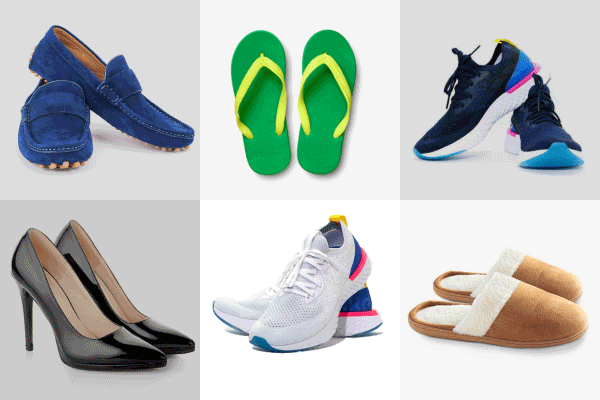


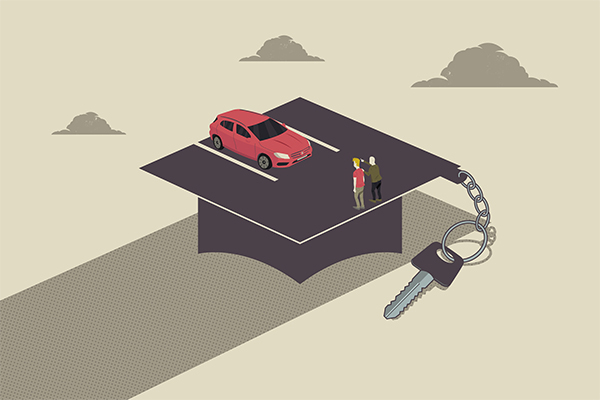
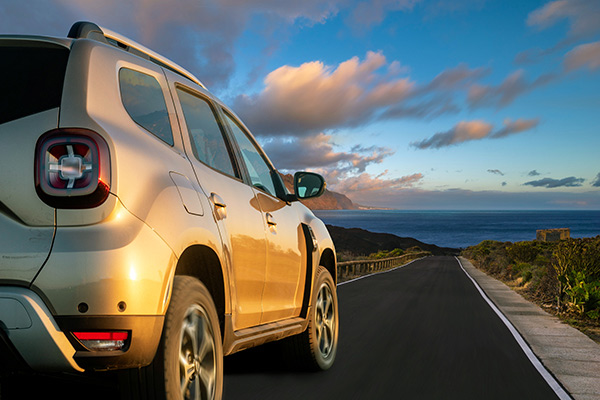
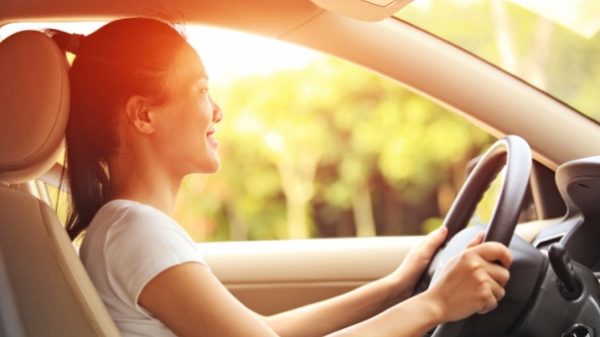
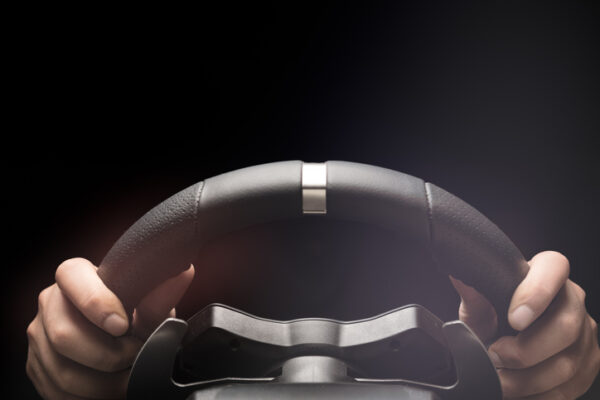
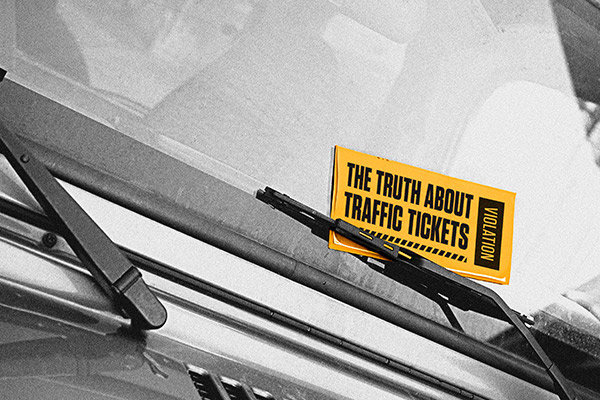

simon tetteh says,
Thank you very much it will help us
Tyrone Hite says,
Very nice driving tips we all need xtra guidance while driving on these streets and highways.
Namon W Smith says,
yes it was reallly helpful to me
Namon W Smith says,
thahks i love the quiz test it help me a lot
Namon W Smith says,
yes i love the quiz test
David Bian says,
Are Converse great driving shoes? Converse are sneakers. Thus, sneakers are the best for driving according to the article above.